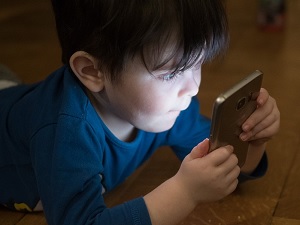 Earlier this year, Google, the parent company of YouTube, found itself in hot water for YouTube's violation of the Children's Online Privacy Protection Act (COPA). They got in trouble for their data collection practices and the fact that the company allowed third-party ads to run rampant on videos that were more likely to be viewed by children under the age of thirteen.
Earlier this year, Google, the parent company of YouTube, found itself in hot water for YouTube's violation of the Children's Online Privacy Protection Act (COPA). They got in trouble for their data collection practices and the fact that the company allowed third-party ads to run rampant on videos that were more likely to be viewed by children under the age of thirteen.
As a result of the violation, the FTC and Google reached a settlement for an undisclosed amount of money, described by sources close to the matter as a "multimillion-dollar fine." Since then, YouTube has been in the process of revising their advertising policies and procedures.
Recently, the company has reported that they're finalizing changes to how ads are displayed on their site. Even better, they're outright banning advertising on videos that are more likely to be viewed by children. This is the latest in a series of moves YouTube has been making since they were found to be in violation of COPA. They began by closing comments on video clips starring children, and then proceeded to limit recommendations "on videos that it deems as putting children at risk."
Even with this most recent change, a variety of consumer groups have claimed that YouTube's actions to date have been insufficient. There's a groundswell movement afoot that's pressing the company to move all child-focused videos into a separate "YouTube Kids" site, complete with its own app. Thus far, the company has been reluctant to take that step. However, the consumer groups are quite correct to point out that YouTube's actions to date have been less than spectacular.
The biggest issue with their latest plan is simply this: How does one differentiate between a children's video and one that isn't? What specific criteria are used to make that determination?
Unfortunately, the company has opted not to share those details to this point.

